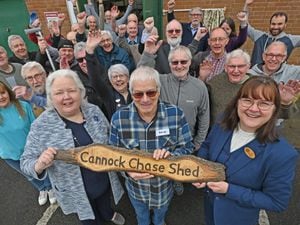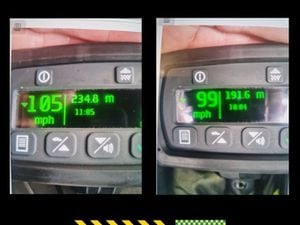Cannock Chase Council ends financial year with £128k underspend
Cannock Chase Council ended the last financial year with a £128,000 underspend on its budgets, a final accounts report has revealed.

The authority also achieved a £22,000 surplus in the council tax it received, following an improvement in collection rates and increase in properties in the district, the report presented to Thursday’s cabinet meeting said.
But income from a business rates retention scheme was £257,000 lower than expected, this was “principally as a result of an increase in the provision for appeals and losses”, the report said.
It added: “The actual expenditure on portfolio budgets was £128,000 lower than anticipated, whereas investment income was £89,000 higher than expectations.
“The council spent £2.907 million on general fund capital projects in 2018/19, which was £0.446 million less than the budget of £3.353 million. This is primarily as a result of timing delays in bringing projects to fruition.”
The major project spends during 2018/19 were £661,000 on disabled facilities grants, a £500,000 contribution towards the new engineering training facility, £441,000 on acquisition of market shops and £372,000 on a new pay and display car park at the Civic Centre, which is partially completed.
In the corporate improvement portfolio there was a £28,000 overspend on additional costs of the social alarms service, while in the environment portfolio reduced recycling income – partially offset by reduced gate fees – resulted in a £14,000 overspend. There was also a £168,000 “unfavourable variance” in development control, caused by a lower income in planning fees than expected.
In the town centre regeneration portfolio there was a fall in market income of £24,000, together with a £24,000 rise in utility costs. But there was a rise in rent income of £6,000, alongside a £19,000 reduction in premises costs.
Income from the district’s cemeteries was £15,000 higher than anticipated. And reductions in ground maintenance and street cleaning costs saved the culture and sport portfolio £39,000, with an additional income of £9,000





